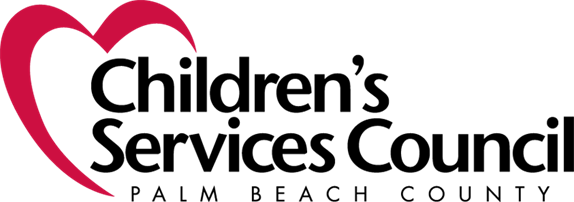PROVIDER LISTING REQUEST FORM
Our Child Care Resource & Referral team is available Monday through Thursday from 8am to 5:30pm and on Fridays from 8am to 12pm.
This team will be able to assist you by providing valuable information to meet all your Resource & Referral needs; including but not limited to child care and financial assistance programs, health care programs, child welfare and abuse information, services for children with special needs and/or developmental disabilities, guidance as to the listing's contents, up to date information on the availability of resources, as well as linkages to other community resources that may be available.
Listings are e-mailed to you; please allow 2 business days for your request to be processed.

 Translate
Translate


